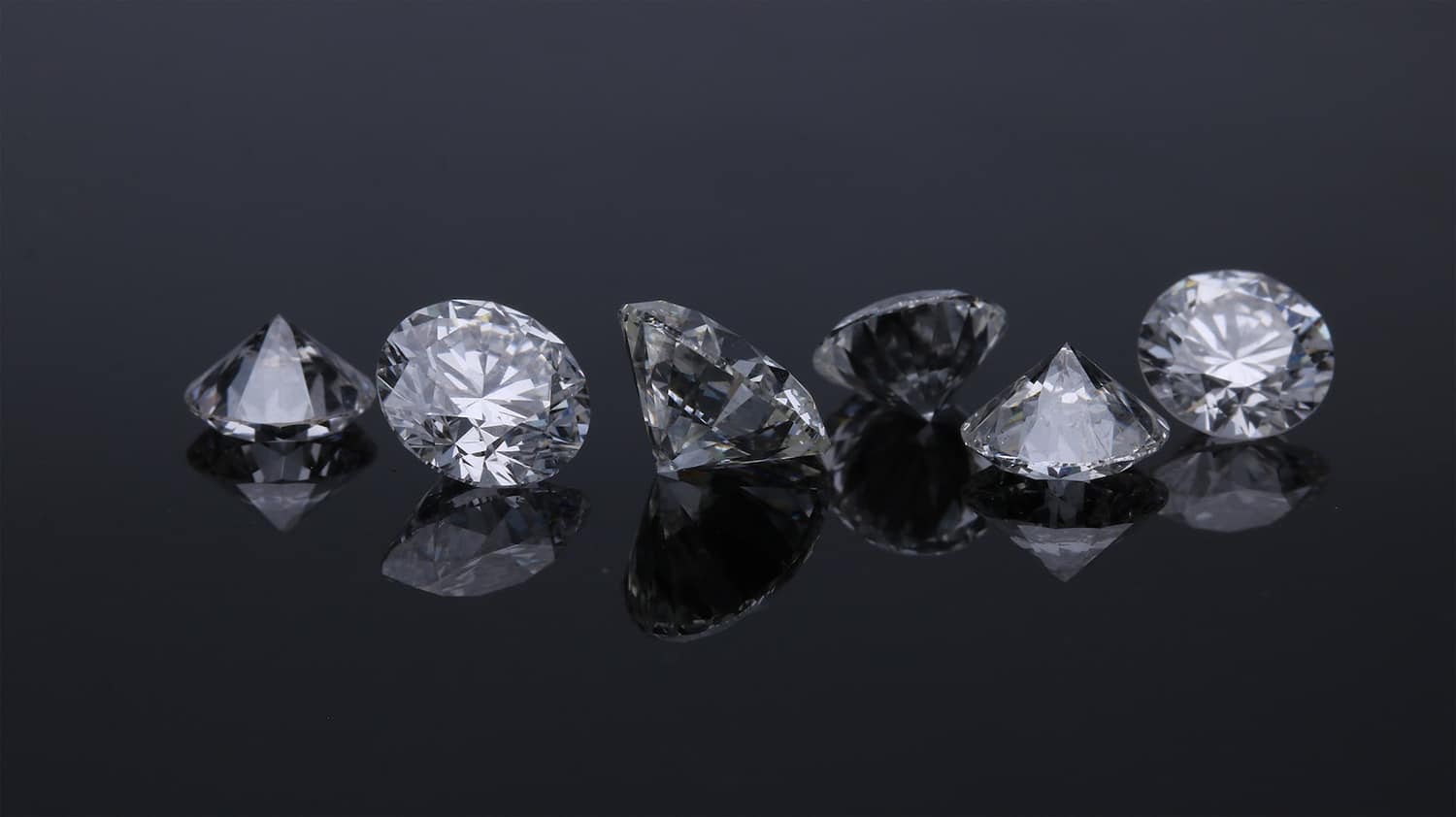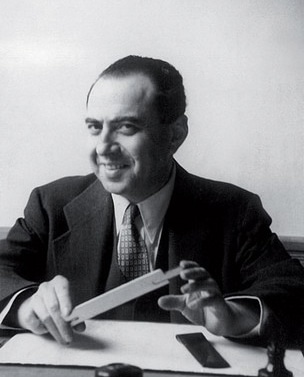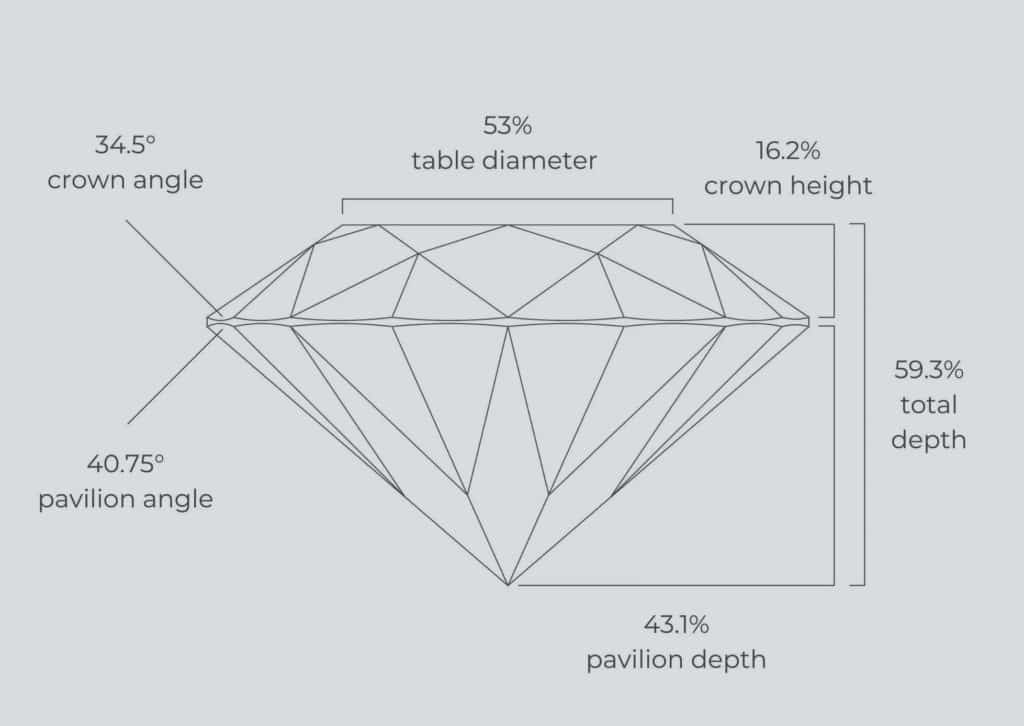Blog
Home » Diamonds blog » MAKING THE CUT, OR THE DIFFERENCE BETWEEN A DIAMOND THAT’S ALIVE AND ONE THAT’S LISTLESS
Focus on

Photo: Edgar Soto on Unsplash.com.
In the early 1990s this author was contacted by a family acquaintance who knew that he was associated with the diamond industry. He said that he was speaking on behalf of a person who had recently immigrated from Russia to Israel with a wife and two children. They were penniless but had in their possession an almost 10-carat stone that the husband had inherited from his grandmother. They were looking to sell it to raise some much need capital.
Eager to help, the author introduced the new immigrant to a dealer specializing in large diamond cuts, who agreed to help sell stone without deducting a commission. The dealer examined the stone, confirming its weight. However, he added, to obtain full benefit, it was likely that it needed to be returned to the polisher’s bench, and thus be reduced somewhat in size.
The immigrant said that the diamond had come into his family’s possession during the mid-1800s. It had been hidden after the Russian revolution when ownership of precious jewelry items were prohibited by the Bolsheviks.
The dealer nodded. The fact that the diamond had been cut and polished at least 150 years previously was immediately apparent, he said. But, added the dealer, while this may provide historical significance, it almost certainly would not translate into value.
Any individual considering the purchase of a large diamond in the contemporary diamond market would demand a degree of fire and brilliance in the stone that often was absent in older cuts, the dealer explained. For that reason, he recommended that the stone be reprocessed before being put up for sale.
And, thus, it was. Several months later, the newly processed diamond, now a 9-carater, was sold at public auction, netting the immigrant family a healthy amount, and easing their journey to a new life in their new homeland.

Marcel Tolkowsky, the Belgian mathematician who is a credited with having formulated the ideal proportions for a round diamond.
THREE CUTTING STYLE FACTORS
The complicated relationship between marketability and cut is the subject of an article on the “Only Natural Diamonds” website of the Natural Diamond Council, penned by Fred Mouwad, himself a renowned large diamond expert.
“One of the reasons that diamond cuts are a complex subject for non-professionals is that they involve a highly specialized and technical craft in which extensive calculations and skills are applied to bring out the best qualities of the initial rough stone,” he writes.
It’s useful to understand how a cutting style factors into the diamond’s ability to sparkle, Mr. Mouwad notes. Technically, this occurs when light enters a stone through its ‘table’, the largest flat surface on top when it is viewed face-up. It then travels through the diamond and reflects off the interior surfaces or facets.
To diamond experts, the quality of the cut is the result of three factors. These are brightness or what is sometimes described as brilliance, and refer to how the diamond reflects white light; fire, which is a when white light is dispersed into a spectrum of colors, and scintillation, which are the flashes of white and spectral-colored light that are visible as the perspective of the diamond shift, typically by moving a hand or fingers.
THE IDEAL CUT
“The general rule of thumb is that the more facets there are, the more opportunity there is for light to bounce off them and reflect. This helps explain the round diamond’s popularity, as more often than not the cutting style is a brilliant, whose 58 facets are designed to maximize the brightness and fire,” Mr. Mouwad writes.
The ideal cut relates to a series of cutting proportions proposed by Marcel Tolkowsky, a Belgian mathematician from a family of diamond cutters. In 1919, after the Russian Revolution, he wrote a doctoral thesis on the subject, which later were published in his book Diamond Design.
Tolkowsky’s formula referred to an exact set of proportion. Later research, mainly by the Gemological Institute of America (GIA) and the American Gem Society (AGS) indicated that a diamond could be polished within a range of proportions and still display ideal optics. Still, in 1996, AGD adopted Tolkowsky proportions as a basis for its Ideal Cut designation.

The Ideal Cut, with the proportions suggested by Marcel Tokowsky.
“As a consumer, you should consider how the cut impacts the diamond’s performance beneath the light, both in terms of choice of cutting style and the quality of the cut’s execution,” Mr. Mouwad states. “A round diamond with a poor cut, for example, might look dull and lifeless, as opposed to the plentiful sparkle and fire that an excellent cut will yield.”
